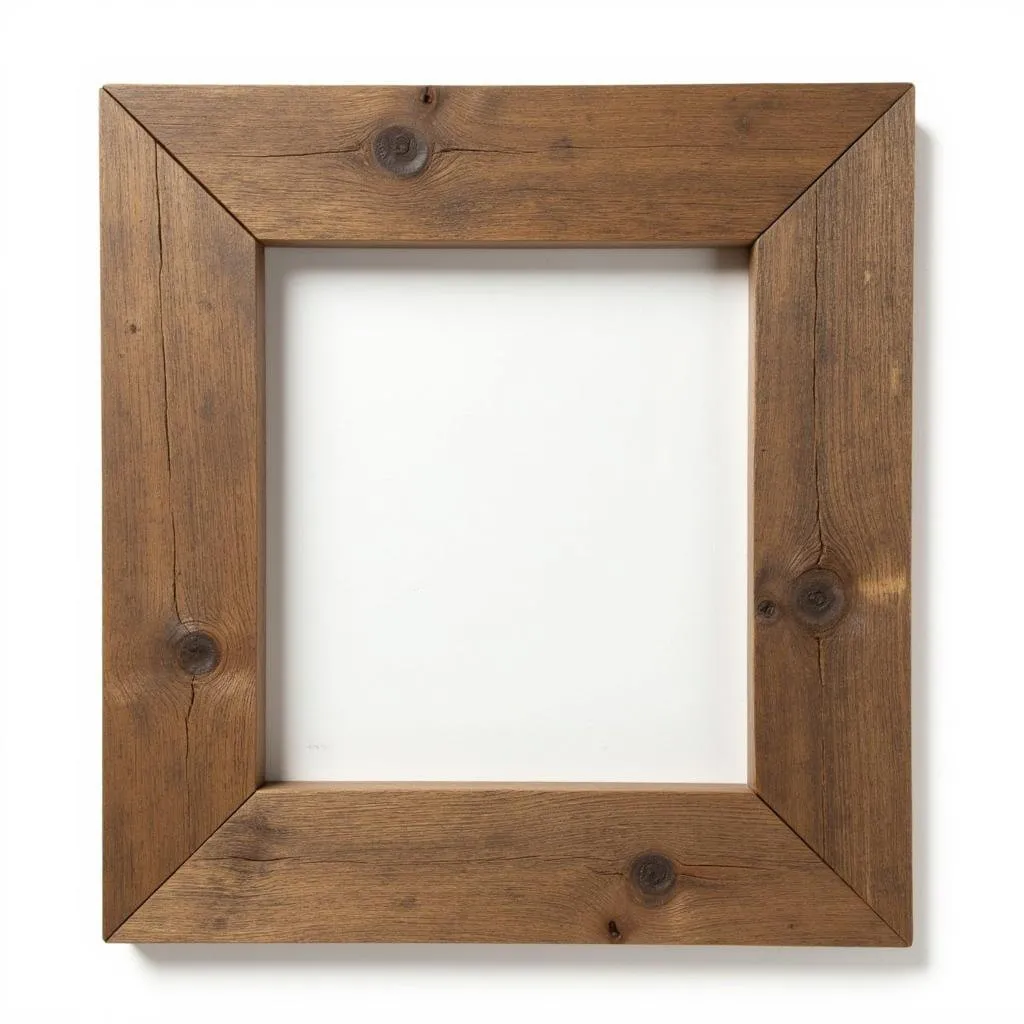Mastering the Art of Wood and String Art
Wood And String Art, a captivating blend of rustic charm and modern aesthetics, has taken the crafting world by storm. This unique art form utilizes carefully hammered nails and colorful threads to create stunning geometric patterns, intricate designs, and even personalized masterpieces on a wooden canvas.
Unveiling the Allure of Wood and String Art
What makes wood and string art so captivating? It’s the intricate interplay of simplicity and complexity. The materials themselves – wood and thread – are readily available and relatively inexpensive, making this an accessible art form for everyone. However, the true beauty lies in the transformation of these humble materials into intricate designs.
The process is meditative and satisfying, requiring patience and precision as you meticulously string the thread around the strategically placed nails. The finished product is a testament to your creativity, a unique piece of art that adds a touch of handmade elegance to your home decor.
Exploring Different Facets of Wood and String Art
Wood and string art offers a surprising degree of versatility. While geometric patterns are most common, you can experiment with:
- Organic shapes: Capture the beauty of nature with designs featuring leaves, flowers, or animals.
- Typography: Craft personalized wall art by creating letters, words, or even quotes.
- Layered designs: Add depth and dimension to your artwork by layering threads of different colors and thicknesses.
Essential Tools and Materials for String Art Beginners
Ready to embark on your wood and string art journey? Here’s what you’ll need:
- Wooden board: Choose a smooth, sturdy board in your preferred size and shape.
- Nails: Small-headed nails work best for a neat finish.
- Hammer: Opt for a lightweight hammer for better control.
- Thread: Embroidery floss is a popular choice for its vibrant colors and durability.
- Scissors: Sharp scissors are essential for clean thread cuts.
- Pattern template (optional): Use a printed template or create your own design.
- Pencil: Lightly mark your design on the wood for precise nail placement.
Step-by-Step Guide to Creating Your First String Art Masterpiece
Creating your first wood and string art piece is easier than you might think. Follow these simple steps:
- Prepare your design: Choose or create your desired pattern and lightly transfer it onto the wooden board.
- Hammer the nails: Carefully hammer nails along the outline of your design, ensuring they are evenly spaced and secured at a consistent depth.
- Tie your thread: Securely knot your thread onto the first nail.
- Start stringing: Begin wrapping the thread around the nails, following the outline of your design.
- Create your pattern: Experiment with different stringing techniques to fill in your design, creating layers and textures.
- Finishing touches: Once satisfied with your design, tie off the thread securely at the back of the board.
Tips for Stunning String Art Creations
- Vary thread tension: Experiment with loose and tight thread tension to create different effects.
- Blend colors creatively: Use multiple thread colors to add depth and visual interest.
- Explore different nail sizes and types: Different nails can create unique textures and shadows.
- Don’t be afraid to experiment: Let your creativity guide you as you explore different patterns and techniques.
Conclusion
Wood and string art is a rewarding and accessible art form that allows you to transform simple materials into stunning, personalized creations. Whether you’re drawn to the geometric precision, the organic beauty, or the opportunity for personalized expression, wood and string art offers a captivating creative outlet for everyone. So, gather your materials, unleash your imagination, and embark on your own string art adventure today!
FAQs
1. What kind of wood is best for string art?
Softwoods like pine and fir are great for beginners due to their ease of use.
2. Can I use regular sewing thread for string art?
Embroidery floss is recommended for its durability and vibrant colors, but you can experiment with other threads.
3. Where can I find string art patterns?
Online resources, craft books, and even coloring books offer a plethora of string art pattern inspiration.
4. How do I transfer a pattern onto my wooden board?
You can use carbon paper, trace the design with a pencil, or even print your design directly onto the wood using a laser printer.
5. What are some common mistakes to avoid in string art?
Common mistakes include hammering nails unevenly, using inconsistent thread tension, and not securing the thread properly at the beginning and end.
For those looking to dive deeper into the world of art and creativity, check out the “art of horror book” for inspiration from the darker side of artistic expression. And if you’re searching for unique pieces to add to your collection, explore the captivating works available in the “gene wilder art for sale” selection.
Remember, creating art is a journey of exploration and expression. So, embrace the process, experiment freely, and enjoy the satisfaction of bringing your unique wood and string art visions to life.
If you need any assistance, please contact us at Phone Number: +84 2462573573, Email: [email protected]. You can also visit us at Savico Megamall, 7-9 Nguyen Van Linh Street, Gia Thuy Ward, Long Bien District, Hanoi 10000, Vietnam. Our customer service team is available 24/7.

